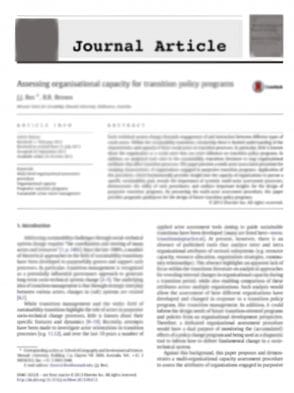Factors that affect the hydraulic performance of raingardens: Implications for design and maintenance.
Abstract
Raingardens are becoming an increasingly popular technology for urban stormwater treatment, however, their hydraulic performance is known to reduce due to clogging from deposition of fine-grained sediments on the surface. This impacts on their capacity to treat urban runoff. It has been recently hypothesised that plants can help to mitigate the effect of surface clogging on infiltration. A conceptual model is therefore presented to better understand key processes, including those associated with plant cover, which influences surface infiltration mechanisms. Based on this understanding, a field evaluation is carried out to test the hypothesis that plants increase the infiltration rate, and to investigate factors which influence the deposition of fine-grained sediments within raingardens. The results show that infiltration rates around plants are statistically higher than bare areas, irrespective of the degree of surface clogging. This suggests that preferential flow pathways exist around plants. Sediment deposition processes are influenced by design elements of the raingardens such as the inlet configuration. These findings have implications for the design and maintenance of raingardens, in particular the design of inlet configuration, as well as maintenance of the filter media surface layer and vegetation.
